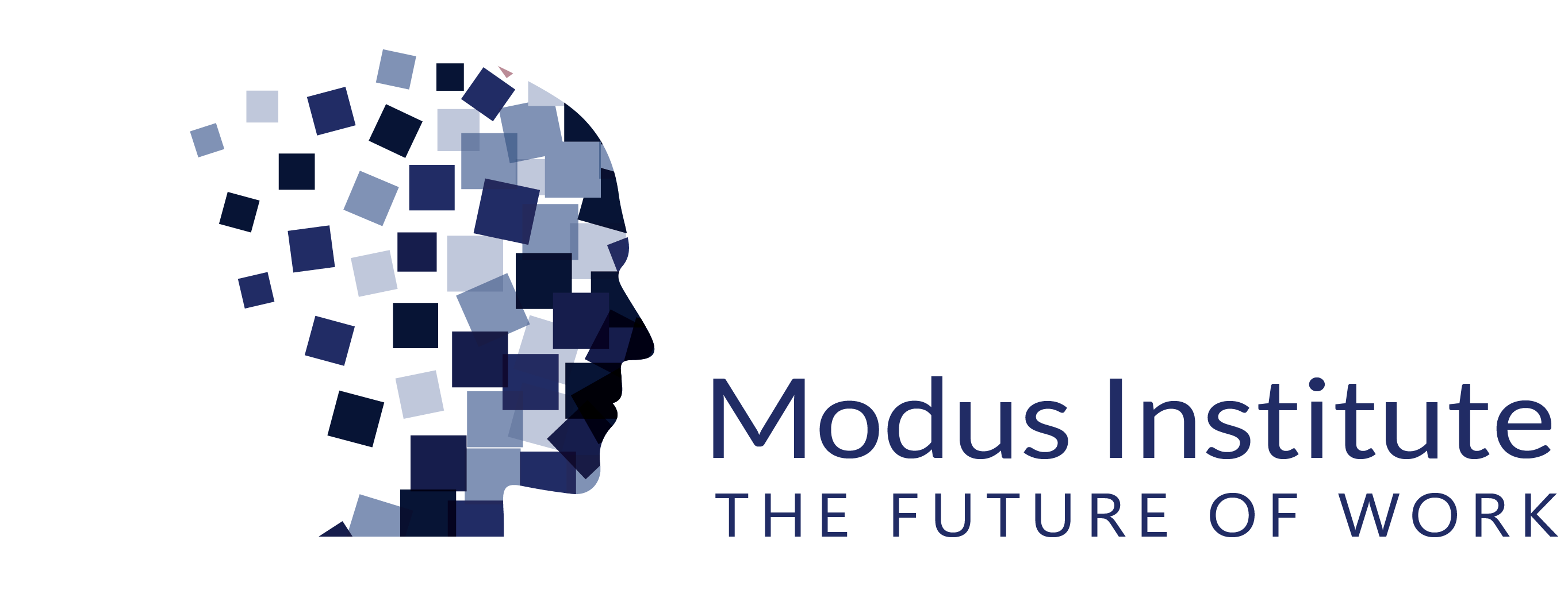May 3
/
The Collaborwocky Team
Collaborwocky Ep008 - A3 Strategic Thinking
Write your awesome label here.
Unlocking Strategic Insights with A3 Thinking
In the world of continuous improvement, A3 thinking is a powerful tool that transcends its traditional application in operational problem-solving. Originating at Toyota, the A3 process involves using a single sheet of paper (typically A3 size or 11 by 17 inches) to define a problem, analyze its root causes, propose solutions, and conduct experiments. While it’s commonly used for operational issues, we often overlook its potential for strategic alignment.
What Is A3 Thinking?
- A3: A single-page canvas that captures the essence of a problem, its context, and potential solutions.
- Lean Tool: Originally used at Toyota, it’s now applicable across various domains.
- Common Misconception: A3s are solely for operational problems, but they can be strategic too.
The Strategic Application of A3 Thinking
- Problem Statement: Clearly articulate the issue you’re addressing.
- Customers and Impacts: Identify who cares about the problem and its consequences.
- Current State: Understand how things are currently functioning.
- Future State: Envision what success looks like.
- Analysis and Remedy: Dive deep into the problem’s root causes.
- Experiments and Results: Test hypotheses and learn from outcomes.
Beyond Operational Challenges
- Empathy Trap: Being overly empathetic can trap you into overcommitting.
- Remote Challenges: Fully remote environments exacerbate self-overload and self-hostility.
- Baggage and Agency: Recognize and drop baggage—unhealthy patterns that hinder growth.
- Visualizing Work: A visual system helps regulate workload and prevent toxicity.
Remember, everyone battles these inner demons. By fostering empathy, setting boundaries, and visualizing work, we can create healthier workplaces. So drop the baggage, find your agency, and build a collaborative, supportive environment.
The Danger of Misaligned Structures
- Sunk Cost Fallacy: Don’t stick to a structure just because you’ve invested in it.
- Adaptability: Continuously align the A3 with evolving understanding and context.
- Avoid Blindly Following Books: Understand why parts of a structure exist before adopting them.
Remember, A3 thinking isn’t just a tool; it’s a mindset. Embrace its strategic potential, involve your team, and adapt as needed. Let’s break free from rigid structures and unlock strategic insights! 🚀
Stay tuned for more Collaborwocky insights! 🌟
The Collaborwocky Experience
The Podcast
🔗 Sign up for the free Collaborwocky video episodes on ModusInstitute.com. It’s completely free—no strings attached.
🟢Find Collaborwocky on Spotify: Already a fan of podcasts? Find the show on Spotify and add it to your playlists.
🍎 Find Collaborwocky on Apple Podcasts: Search for our show on Apple Podcasts and hit that subscribe button. You’ll never miss an episode!
🟢Find Collaborwocky on Spotify: Already a fan of podcasts? Find the show on Spotify and add it to your playlists.
🍎 Find Collaborwocky on Apple Podcasts: Search for our show on Apple Podcasts and hit that subscribe button. You’ll never miss an episode!
The Team
- Jim Benson: Founder of Modus Institute and co-author of Personal Kanban and the NEW Course, Toxic Waste.
- Tonianne DeMaria: Co-founder of Modus Institute, co-author of Personal Kanban, and an expert in the psychology and neuroscience behind work.
- Dave Prior: Certified Scrum Trainer and a faculty member at Modus Institute. His new course is Art of War for Collaboration.
- Mark Kilby: Co-author of the book, From Chaos to Successful Distributed Agile Teams, and a co-instructor for the new Successful Distributed Teams course on Modus Institute.
- Thushyanthan A.: An education industry professional and a Modus Institute faculty member with a love for documentation. His newest course is Collaborative Knowledge.

We are an online educational platform that helps professionals and aspiring individuals to succeed in their goals.
Copyright © 2025